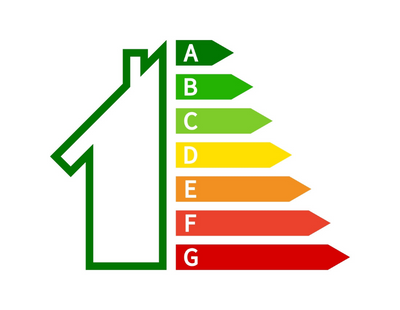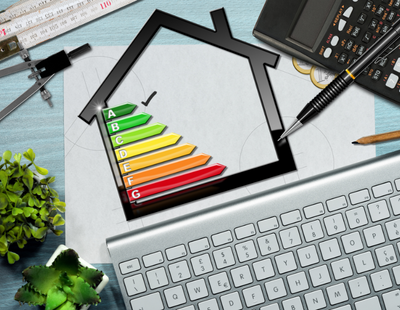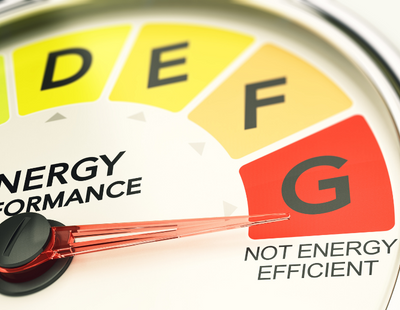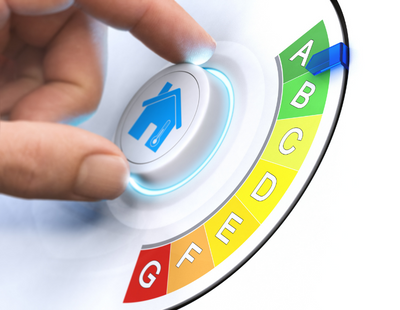
UK landlords are currently facing a myriad of challenges.
It’s well documented how costly retrofitting properties to meet new energy efficiency standards can be, and with only a few years until the 2028 EPC deadline, most landlords are having to assess their finances to ensure their ratings sit at C or above to avoid fines of up to £30,000 - and there’s a lot of work to be done.
LandTech data suggests that more than half of all rental properties in the UK have an EPC rating of D or lower. And, while the government has been working with banks to cap the maximum spend per property at £10,000 - regardless of their EPC rating - landlords are still understandably concerned by the significant upfront investment needed.
Some landlords have also raised the issue of how the investment cost will negatively affect tenants as it is expected that many will raise their rent to make up for the cost of the work.
It is understandable that many landlords are concerned about the substantial costs required to upgrade their properties to meet the new EPC standards.
However, small changes can make a big difference. For example, adding an extra layer of low-cost loft insulation or switching out old bulbs will add plenty of points to your rating over time and save on your energy bills too. Whether you’re looking to rent out your property or sell up in future, it’s important you are in the best energy position as possible and know the impact EPCs can have on your property portfolio.
1. Switch up your lighting: Swapping incandescent light bulbs for LED or low energy ones is an easy switch to make and could move you a few steps up the EPC scale. According to the Energy Saving Trust, if the average house replaced its bulbs with LEDs, at a cost of around £90, it would cut power bills by around £65 a year.
2. Insulate your loft: Insulating your loft space is relatively cheap to do (costs as little as £5 per m2) and you can lay it yourself with no specialist skills or equipment. Increasing loft insulation from 120mm to at least 270mm will help significantly boost your EPC rating and save you money on your energy bills, so it’s worth adding more if you can.
3. Insulate your hot water tank: If you get your hot water from a tank, adding an insulated jacket is a cheap and easy way to save money and improve your EPC rating. Costing about £25, they’ll save you around £35 a year on your energy bill, plus help bump up your EPC score. They’re easy to fit yourself too, so could be installed and saving you money in minutes.
4. Upgrade your boiler: While more expensive, replacing an old boiler with a modern one is well worth considering for the long-term pay off. For the average home, a modern boiler could cost around £4,000 to install, but you could see more than £500 a year knocked off your heating bills and see you boost your EPC score by around 40 points. There are also some grants and incentives available of up to £6,000 offered by certain providers to help with costs.
5. Replace your windows: Switching your old windows to new double or triple glazed options can give your EPC rating a real boost – up to 10 points. Modern windows stop heat escaping and stop cold air getting in – look for A rated options to make sure you’re getting the most efficient windows you can afford.
* Tanya Elmaz is director of intermediary sales for commercial finance at Together *
Want to comment on this story? Our focus is on providing a platform for you to share your insights and views and we welcome contributions.
If any post is considered to victimise, harass, degrade or intimidate an individual or group of individuals, then the post may be deleted and the individual immediately banned from posting in future.
Please help us by reporting comments you consider to be unduly offensive so we can review and take action if necessary. Thank you.














.png)





Join the conversation
Jump to latest comment and add your reply
Oh that it were that straight forward!
Do those things to a Victorian D rated house and it will remain a D.
The proposals outline a fabric first approach to increasing energy efficiency. That means external insulation which will be very expensive and probably lead to damp problems as the houses were designed to allow for moisture to evaporate from the exterior of the brick walls. Or you could ask your tenants to leave while you rip the house apart, removing kitchens, bathrooms, radiators etc. and install internal wall insulation. We haven’t even mentioned floor insulation yet!
On top of that, the government doesn’t want you to use gas boilers, so who is to know that the entire EPC rating criteria won’t change in the near future. I’ve spoken to EPC assessors and been told that it is near impossible to get a Victorian terrace up to a C. One also advised me to do nothing for now and wait and see what the actual legislation says when it becomes law. I no longer have any trust in what future regulations may be, so I will continue taking the rent until I am forced to sell.
Reading that the article has helped me spend close to £10k with a return in about 30 years. Put that across 11 properties and your having yourself on ….
Please login to comment